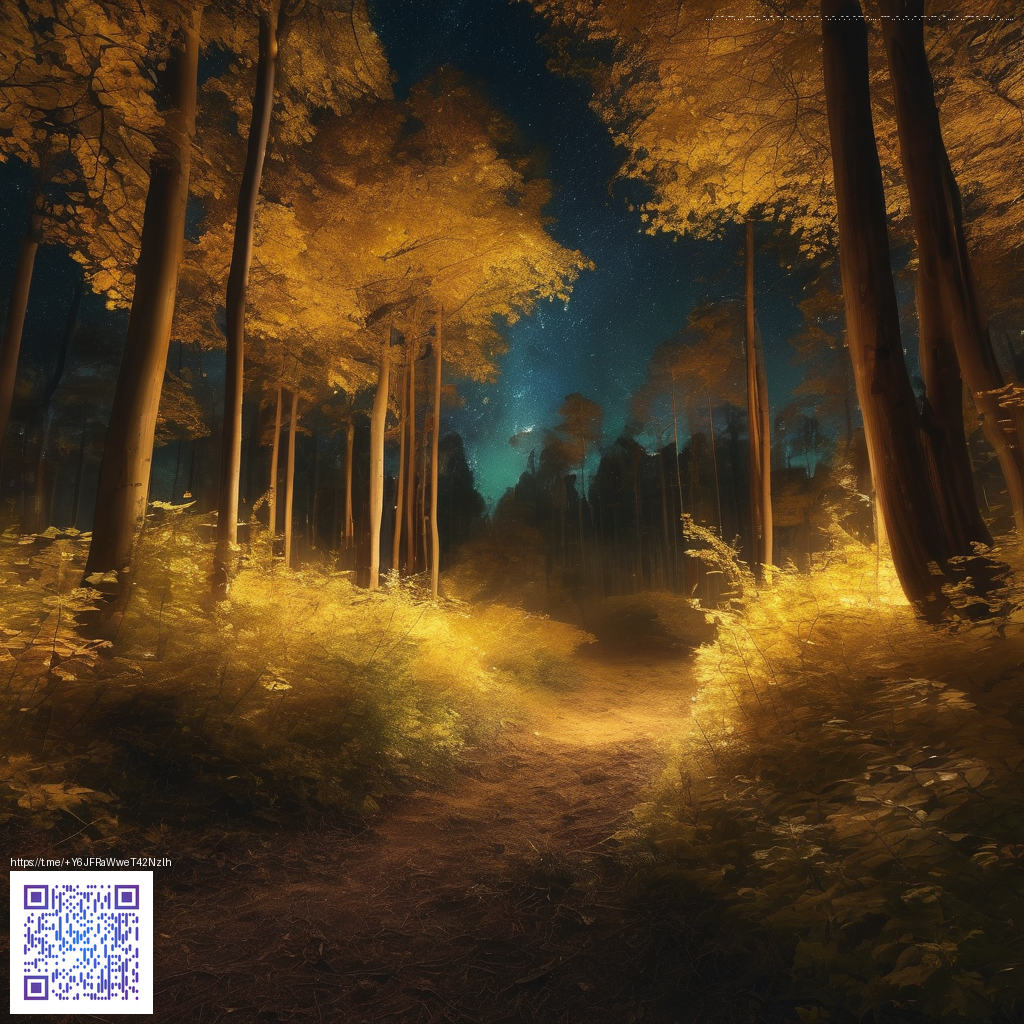
Blending Light, Texture, and Print: A Practical Guide
Photography and digital paper design share a common instinct: they both tell stories through surface, light, and texture. When you combine the two, you’re not just overlaying a pattern onto a photo; you’re creating a narrative that travels from screen to print and back again. The result is a more tactile, immersive experience—one that invites viewers to reach out with their imagination as much as their eyes.
At its core, this creative fusion thrives on a simple idea: treat digital patterns as dynamic companions to your photographs. Rather than treating textures as background, let them participate in the scene. A subtle linen texture can warm skin tones; a geometric grid can guide the eye through a shot; a watercolor wash can soften hard edges while maintaining bold color. The key is balance—texture should support the image, not compete with it. This nuanced approach often leads to cohesive series where each piece feels both fresh and deliberately related.
The Theory Behind the Fusion
Digital paper design is a language of repetition, rhythm, and variation. Repeats create familiarity, while thoughtful deviations keep the viewer engaged. When you pair this with photography, you gain a lever to control mood and narrative. For example, a modern architectural photo paired with a crisp, grid-based paper can emphasize structure, while a nature portrait layered with a soft, organic texture can heighten warmth and intimacy.
“Texture is a bridge between the real world and the imagined one; used correctly, it makes a photograph feel tangible.”
To harness this synergy, start with a concept—what story do you want the image to convey? Then scout or create digital papers that reinforce that idea: a limited color palette, a handful of textures, and a few subtle overlays. Keep a digital mood board that maps textures to scenes so your workflow remains deliberate rather than impulsive.
From Shot to Surface: A Practical Workflow
Think of your process as a dialogue between two mediums. Begin with a strong photograph, paying attention to light, color, and composition. Next, experiment with overlays in your favorite editing tool. Use soft overlays to add atmosphere, and introduce bolder patterns sparingly to highlight focal points. The goal is to enhance, not dominate—let the image breathe while the texture adds depth.
- Capture in RAW if possible to preserve maximum detail for texture adjustments.
- Choose digital papers with a color palette that harmonizes with the photograph’s tones.
- Test three levels of texture intensity and compare edge fidelity at different print sizes.
- Preview on-device to ensure the digital-to-physical translation remains faithful.
- Preserve print-ready files with proper color profiles (think CMYK if you plan to print).
Hardware and Setups for Real-World Testing
Having a practical display setup makes a surprising difference. For creators who want to review how their digital papers behave in real-life contexts, a compact display arrangement can be a game changer. If you’re looking for a portable option to stage your ideas and test how patterns look with various photos, consider a versatile stand that keeps your devices at comfortable angles and distances. The Phone Desk Stand Portable 2-Piece Smartphone Display is a reliable companion for quick on-table previews, especially when you’re juggling camera screens and screen-based proofs. It’s not a substitute for full-scale prints, but it does help you iterate faster and keep your workflow tactile.
Lighting remains a frequent source of surprises. A controlled light environment helps you separate the impact of texture from the subject, so you can judge how much texture is too much and when it starts to muddy details. A small, diffuse setup can replicate studio conditions without overwhelming the scene, making it easier to compare how your digital papers read under different light temperatures.
As you experiment, document your outcomes with a simple system: a compare sheet that notes the texture type, opacity, blend mode, and color treatment used for each image. This habit not only speeds up your current project but also creates a reference library for future work. The ability to reproduce successful combinations is a prized skill in both photography and design.
For readers who want a broader view, additional examples and discussions can be found on related pages. See the resource at https://101-vault.zero-static.xyz/681b3200.html for inspiration and practical tips that complement this article.